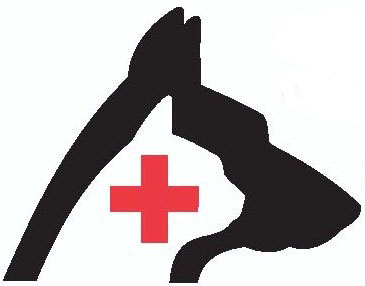Anesthesia is required for many procedures from placing a splint, repairing a wound, removing an intestinal foreign body, untwisting a bloated stomach, or other surgeries. Sometimes anesthesia is needed to gain control of breathing such as for dogs with laryngeal paralysis and to stop severe seizures.
Analgesia is the term for pain control. This is a very important part of anesthesia. We often use multiple drugs to help control pain prior to and after surgery. By using multiple drugs we are able to use lower doses of each drug and use drugs that affect different neurologic pathways of pain. We commonly use opioids such as hydromorphone, buprenorphine, and butorphanol; benzodiazepines such as diazepam and midazolam; as well as NSAIDs such as carprofen and meloxicam. We will sometimes use reversible sedation such as dexmedetomidine (DexDomitor). This can be given in small doses to help with sedation for anxiety or high doses to provide enough sedation for minor procedures. Other anxiety medication may be given to help with the “wind-up” and anticipatory pain that can accompany trauma and surgery. The combination of medication will be tailored to the individual’s medical needs to help make the most comfortable experience possible. Sometimes analgesia with a combination of sedation, pain medication and lidocaine is all that is needed for a minor wound repair or placement of nasal tubes for oxygen or feeding tubes.
Anesthesia is the process of rendering an animal unconscious and stopping the perception of pain for procedures. We use anesthesia for all major surgery and most wounds. When anesthetized all pets are monitored for vital signs by a technician whose focus is to make sure the process of anesthesia is going properly. If there are problems during the anesthesia they will be communicating with the veterinarian about the vital signs and adjust the anesthesia plan as needed to help improve the response to the drugs. This may include adjusting the anesthetic gas doses, IV fluid bolus, administering reversal agents for the medication, administering vasopressors to improve blood pressure or giving additional medication. Sometimes the best way to improve anesthesia is to give more drugs than originally calculated. Anesthesia is a fluid process. To avoid being too sedate or awake, the anesthesia depth must be adjusted during most long surgeries. There is not a one-size-fits-all anesthesia level that can be used for all animals and procedures. Our staff is experienced and attentive to the anesthesia needs of your pet.
People are the best monitors of anesthesia. If you search “anesthesia monitor” you fill find a plethora of machines, and we have those. But the most important aspect of anesthesia monitoring is what to do with the information the subtle patient clues and the machines give us. There are 2 semesters worth of information that goes into how to properly monitor a veterinary patient. We have 14 certified veterinary technicians who hold associate degrees in veterinary science with state certification, many technicians who have been formally trained and few technicians who have many years of experience in the field. Veterinary technology has exploded in the past decade just as veterinary medicine and human medicine have. The volume of information and technology they must understand is ever-growing. We support our technicians through continuing education at seminars and continued in-clinic training. Anyone interested in the veterinary field should consider searching the local veterinary technician school programs.
The machines that give us the values to monitor while under anesthesia are very important. We have some of the best on the market to ensure the values we are using to help monitor anesthesia are the most reliable possible. Our monitors check for oxygen level (pulse oximetry), blood pressure, heart rate, respiratory rate, end-tidal CO2, temperature, and ECG. In addition to this technicians will monitor the gum color in the mouth, the capillary refill time of mucous membranes, pulse quality, respiratory character and auscultation of the heart and lungs with a stethoscope. These vital signs are being continuously monitored by the technician and they are recorded every 5 minutes.
Anesthesia is a scary endeavor for owners, however, veterinary medicine has many drugs to safely anesthetize even very ill and geriatric pets. We have technology to monitor your pet’s heart rate, respiratory rate, oxygen level, carbon dioxide level, ECG, blood pressure and temperature while under anesthesia and we have extremely skilled and well trained certified technicians to monitor your pet while under anesthesia.
